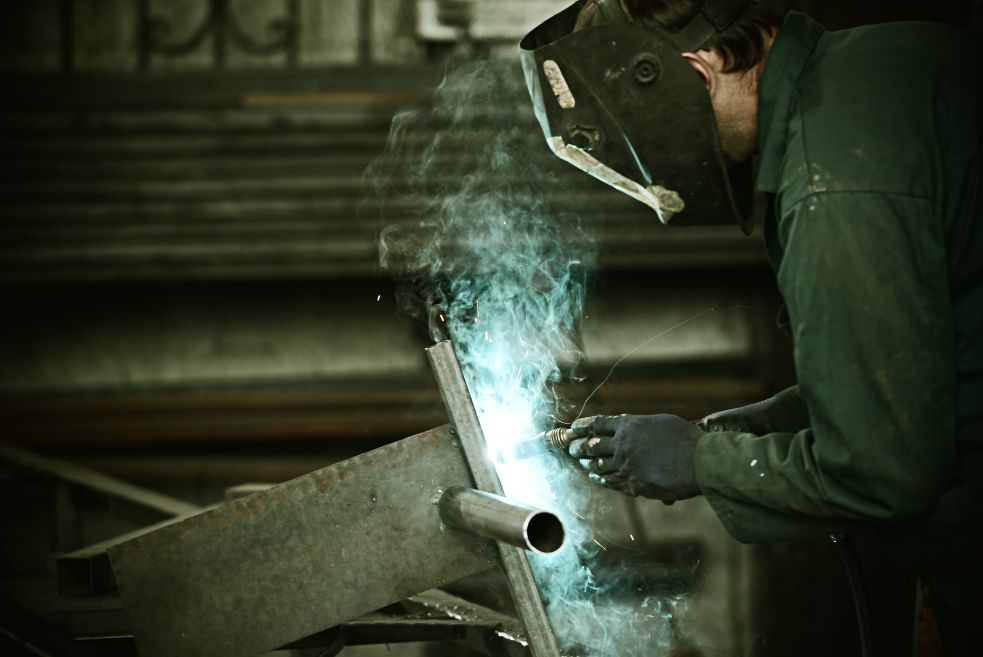
Over half of manmade products utilize some form of welding. It’s crucial in manufacturing, transportation, engineering and far more. Welders utilize dangerous equipment to cut or fuse metal parts. It’s a highly versatile, in-demand industry that requires finesse, an eye for detail and meticulous attention to safety standards.
Just like many other industrial occupations, being a welder comes with more inherent safety risks than your average desk job. Welders face several hazards on the job, including:
However, professional welders also have many ways to mitigate these risks. Specialized safety gear, understanding the risks, and learning how to follow proper safety procedures help welders remain safe on the job.
In welding school, students learn the best safety procedures to minimize the risk of accidents or injuries. These safety guidelines have been established by national and organizations, and many companies implement their own standards to protect workers. Equipment manufacturers also have safety guidelines for their individual machines to help protect workers.
Common precautions include:
Welders use a range of PPE to remain safe, such as:
Becoming a professional welder doesn’t require spending years getting a degree, but it’s a specialized occupation with its own terminology, equipment, and safety concerns. Getting trained as a welder at a specialized welding school will give you the best chance for success in your career. Safety procedures and the correct use of safety equipment are an essential part of the training in any reputable welding school.
Interested in entering the welding industry? Start training with the IMBC welding technology program. In less than a year, you develop foundational skills and techniques for a successful welding career while preparing for the SMAW and FCAW certifications. Reach out today to learn more about the program and enroll.